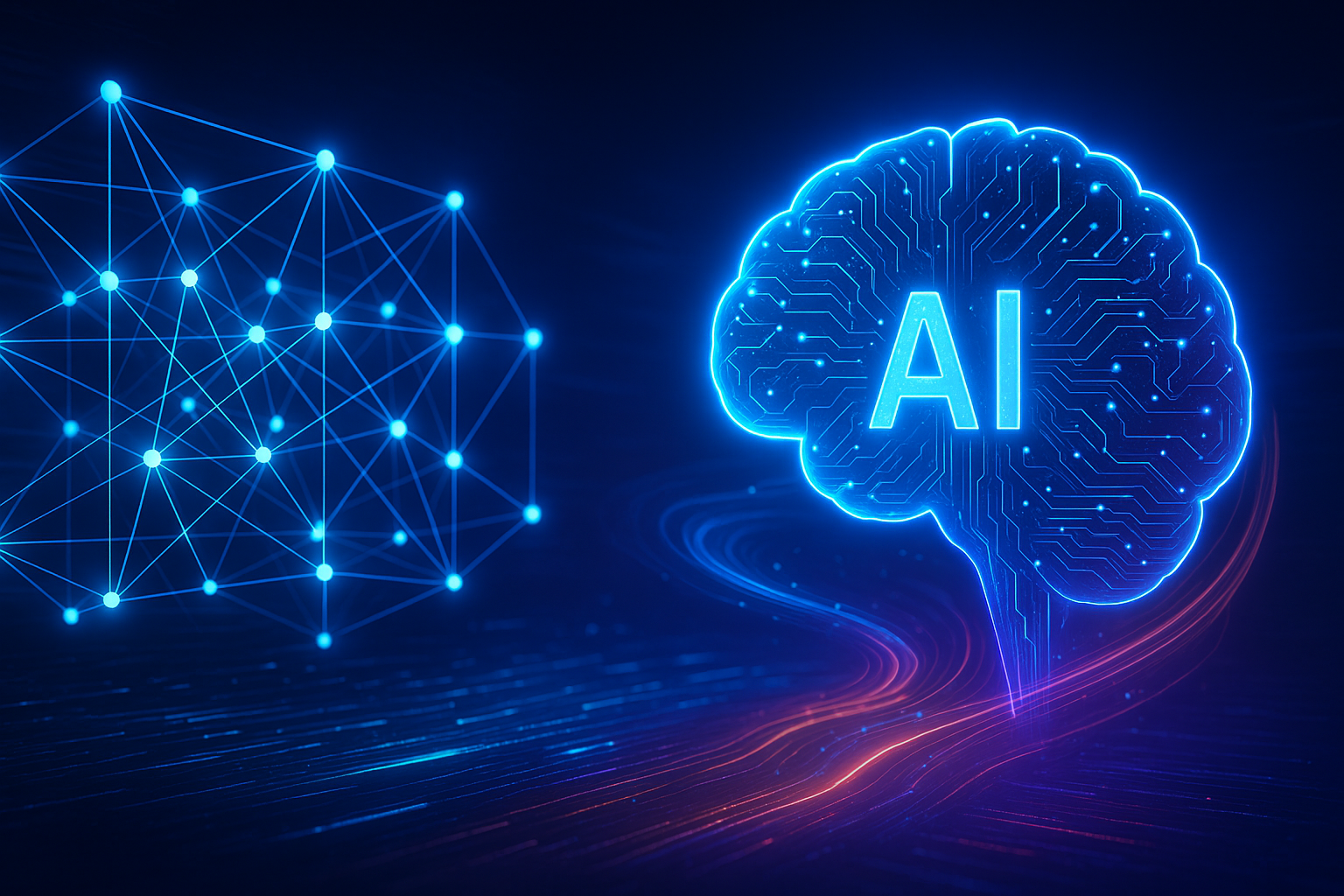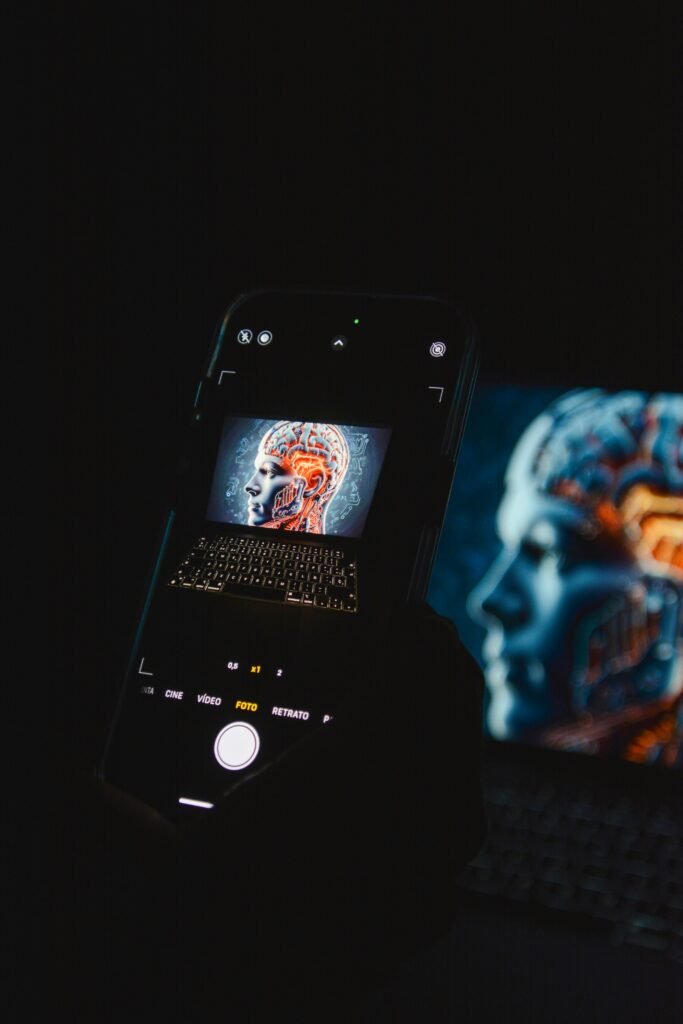Physical Address
304 North Cardinal St.
Dorchester Center, MA 02124
Physical Address
304 North Cardinal St.
Dorchester Center, MA 02124

Have you ever wondered how ai transformers make today’s smart tools work, from chatbots to something as familiar as an ai drive through? These systems are the secret power behind large language models (LLMs), the kind of AI that can talk, write, and even help with tasks in ways that feel almost human.
So, who built transformers? Back in 2017, a group of researchers at Google Brain introduced a new idea with their paper called “Attention Is All You Need.” This was the start of the transformer architecture, a design that completely changed how AI understands language. Before transformers, models had to process information word by word, which was slow and limited. Transformers, on the other hand, could look at all the words in a sentence at once. This made them much faster, smarter, and better at understanding context.
A big part of this success comes from attention mechanisms. Think of them like the way a worker at McDonald’s ai drive through listens carefully to your order while tuning out the background noise. In the same way, attention helps AI focus only on the most important information.
In this blog, we’ll break down how transformers work, why attention is so important, and how these ideas drive the amazing performance of today’s LLMs.

When we talk about attention in AI, it doesn’t mean memory. Instead, it means focus—deciding which words or pieces of information are most important right now.
Think of a classroom. The teacher asks a question, and instead of listening to every single student, she pays closer attention to the one who seems to know the right answer. That’s how attention works in transformers. The model “listens harder” to the useful words while ignoring the ones that don’t matter as much.
Before transformers, older models like RNNs and LSTMs had to read sentences one word at a time. Imagine students reading a book out loud in a line—slow and easy to lose track. These models often struggled to connect words that were far apart. For example, in the sentence “The dog that ran across the yard barked loudly,” older systems had trouble linking “dog” with “barked” because too many words came in between.
Self-attention changed everything. Instead of moving word by word, the transformer looks at the whole sentence at once. Every word can “talk” to every other word. It’s like all the students whispering to each other at the same time and sharing what they know. This allows the model to quickly figure out which words belong together.
Because of this, transformers scale much better than older systems. They don’t waste time going step by step. Instead, they process lots of text in parallel, making them faster and more powerful.
In the end, attention is not about remembering everything—it’s about focusing on what matters most. That focus is why transformers are so good at understanding language, generating text, and solving problems.
When people talk, we use words. But for ai transformers, the basic pieces of language are tokens. A token can be a whole word, part of a word, or even a symbol like 😊 or 🍔. The process of breaking language into these pieces is called tokenization.
Why is this important? Because tokenization decides how well a model understands us. Think about an ai drive through. If the system only understands full words, it could get confused by slang or short forms. But if it’s trained with tokens, it can still figure out what you mean. That’s one reason drive performance feels so natural in modern AI systems.
The team at Google Brain, who built transformers, knew this when they designed the transformer architecture. They made it work with tokens so the model could handle all kinds of input—formal text, casual chat, or even computer code.
For example, if you type “u” instead of “you,” the model sees it as a token and still understands. The same goes for emojis like 🍕 in “Pizza tonight?” or slang like “brb.” Even code snippets, like print("hello"), are split into tokens that the model can learn from.
Good tokenization makes a model smarter and faster. Poor tokenization makes it clumsy. It’s like building with Lego: if the blocks fit together, you can make strong, creative structures. If they don’t, your design falls apart.
In the end, tokens are what give transformers their flexibility. They let AI understand not just words, but the many little ways people communicate every day. Through in AI, it all comes down to the same brilliant design introduced just a few years ago.
One of the secrets behind ai transformers is that they don’t just use a single layer of reasoning. They use many. Each transformer layer builds on the one before it, like stacking ideas on top of each other. This is often called “stacks of reasoning,” and it’s what gives large language models their deep understanding.
The team at Google Brain, who built transformers, designed the transformer architecture to be flexible. You can add more layers to give the model greater power. With each layer, the model sees the text from a new angle, refining its understanding step by step.
Why does depth matter so much? Think of it like an ai drive on a long road. A shallow model is like looking only a few meters ahead—you’ll miss important turns. A deeper model, with more layers, can “see further” and make better choices. This is why drive performance improves as transformers get deeper rather than just wider. Adding more layers lets the model connect ideas across longer stretches of text.
Here’s a comparison: a shallow network might recognize single words but struggle with complex meaning. For example, it might know what “dog” and “barked” mean but not connect them in a full sentence. A deep network, with many layers, can link these words together and understand context like tone, intent, or even subtle humor.
Width (making each layer bigger) does help, but it’s depth that truly brings out the reasoning power. It’s the difference between skimming the surface and diving deep into the meaning.
In the end, depth gives transformers their edge. With many layers working together, these models can handle language in ways that feel surprisingly human.
When people hear about ai transformers, they often think the biggest models are always the smartest. More parameters must mean more intelligence, right? Not exactly. While size does help, there’s a point where making a model bigger no longer brings huge improvements.
The team at Google Brain, who built transformers, showed that the transformer architecture could scale well with more data and more layers. But they also discovered limits. Adding billions of parameters can improve accuracy, but it also demands enormous computing power, energy, and storage. Bigger doesn’t always mean better—it often means slower, more expensive, and harder to run.
Think of it like an ai drive. A bigger car engine might sound impressive, but if it guzzles fuel and struggles in traffic, the drive performance won’t always be great. In the same way, a smaller, efficient model can sometimes do the job faster and with less waste than a giant one.
This is why researchers are now focusing on trade-offs. Instead of only chasing size, they look at compute costs, efficiency, and practical results. For example, small but specialized models can be trained to handle tasks like summarization, translation, or customer support without needing billions of parameters. And just like storing files on icloud drive instead of filling up your local computer, smaller, specialized models make it easier to balance space, cost, and performance.
The trend today is clear: small, specialized transformers are becoming just as important as massive general-purpose ones. Companies want AI that runs quickly on phones, cars, or edge devices—not only on giant servers. That’s where careful design of transformer architecture and smart training methods really matter.
In short, scaling laws remind us of a simple truth: bigger isn’t always smarter. Sometimes, the smartest choice is building a model that fits the task, balances cost and performance, and delivers results where they matter most.
One of the most fascinating things about ai transformers is that sometimes they learn skills no one planned for. This is called emergent behavior. It happens when models become large enough and are trained on huge amounts of data.
The team at Google Brain, who built transformers, noticed early on that when models scale, they don’t just get better at what they were trained for—they often surprise us. For example, a model designed mainly for text might suddenly show it can reason through problems, write working code, or follow a chain of thought step by step. These abilities were not directly programmed in; they just appeared.
Why does this happen? The answer lies in the transformer architecture. Because it processes information in layers with attention, the model can form connections and patterns across massive amounts of text. As the model grows deeper and is trained longer, new abilities emerge that smaller models simply don’t show.
Think of it like storing files in icloud drive. At first, you may only expect to keep photos there. But as you add more and more data, you discover new ways to use the space—sharing documents, syncing across devices, even restoring backups. In the same way, a large model reveals new capabilities as its training data and parameters increase.
Of course, not everyone feels comfortable with these surprises. Emergent behavior excites researchers because it shows the potential of AI to go beyond expectations. But it also scares some people, because it raises questions about control, safety, and trust.
Still, one thing is clear: emergence is part of what makes ai transformers so powerful. Their drive performance continues to amaze us, showing skills that prove AI is more than the sum of its parts.
Ai transformers are powerful, but they are not perfect. Just because they can write, reason, or code doesn’t mean they always get it right. One of the biggest issues is hallucination—when a model gives confident answers that are completely made up. This can be confusing and sometimes even dangerous if people trust the wrong information.
Another challenge is context. While transformer architecture lets models handle long texts better than older methods, there are still limits to how much they can remember at once. This means important details might be lost or misunderstood in long conversations.
Bias is another weakness. Since models learn from data created by humans, they often pick up human mistakes and prejudices. That makes it harder to ensure fairness and balance in their answers.
Efficiency is also a problem. Training huge models takes a lot of energy and money, raising questions about sustainability. Even though the Google Brain team, who built transformers, made a breakthrough with attention mechanisms, the cost of scaling is still very high.
Think of it like icloud drive. It works well when storing and sharing files, but if you overload it or rely on it for everything, problems appear. In the same way, transformers shine in many areas but can break down under heavy demands. Drive performance matters, but efficiency and balance are just as important.
Finally, there’s the question of what comes next. Some researchers are already exploring models beyond transformers, looking for new ways to improve speed, reduce bias, and handle more complex tasks. Transformers may be the backbone of AI today, but they may not hold the crown forever.
In short, transformers are amazing, but they’re not magic. They’re a powerful tool with clear strengths—and very real limits.

If you want to dive deeper into ai transformers and transformer architecture, there are plenty of great resources out there. The best place to start is the original research paper Attention Is All You Need (2017), written by the Google Brain team who built transformers. It’s technical, but it shows the moment that changed modern AI.
For a hands-on experience, you can check out Hugging Face. Their tutorials and model playgrounds let you try out transformers in text, images, and even code. It feels a bit like uploading a file to iCloud drive—simple, but with powerful drive performance behind it.
If you prefer blogs and explainers, The Illustrated Transformer is a friendly guide with clear visuals. It makes complex ideas easier to understand.
You can also explore open-source model hubs and communities, like Papers With Code or the Hugging Face community forums. These are great spaces to learn, share, and keep up with the latest AI news.
Whether you’re curious about how ai style transfer works or how scaling laws affect transformer performance, these links give you a strong start. Learning here feels like a guided drive into the future of AI.

We’ve taken quite a journey through the world of ai transformers, from their origins to their limits. Along the way, we saw how transformer architecture changed the game, why attention mechanisms matter, and how tokens and layers build up deep understanding. We explored scaling laws, the surprising emergent abilities that show up at large scale, and also the limits that remind us transformers aren’t magic. Each of these six insights gives us a clearer picture of how modern AI really works.
Understanding these ideas isn’t just useful for researchers or engineers. Everyday AI users benefit too. Whether it’s asking better questions to a chatbot, understanding why outputs sometimes drift, or appreciating the incredible drive performance behind tools like translation and image generation, a little knowledge goes a long way. Even something as ordinary as uploading to iCloud drive or ordering at a McDonald’s AI drive through becomes more interesting when you know the intelligence powering it comes from attention and layers.
And this is just the start. In the next part of our “AI Drive Through” series, we’ll look at real-world applications—where transformers are not just reshaping research, but how we live, learn, and work every day.
What is a transformer in AI?
A transformer in AI is a model design that uses attention to understand language better. The Google Brain team, who built transformers, introduced this in 2017.
What is a transformer AI?
This usually refers to the family of AI systems powered by transformer architecture, like GPT or BERT, which can read, write, and even reason.
How many transformers are there?
In pop culture, there are countless Autobots and Decepticons. In AI, there are dozens of famous transformer models, each trained for different tasks like text, images, or code.
What is drive time in AI?
In cars, it means how long a trip takes. In AI, you can think of it like processing speed—how quickly a model gives you results, which is part of drive performance.
Can transformers handle images or just text?
They can do both. Vision transformer architecture is designed for images, while LLM transformer architecture handles text.
👉 Learn more on my website: icebergaicontent.com